Coming and going Part II: This is the best time for apps to come to Windows 10
"If you build it, they will come."
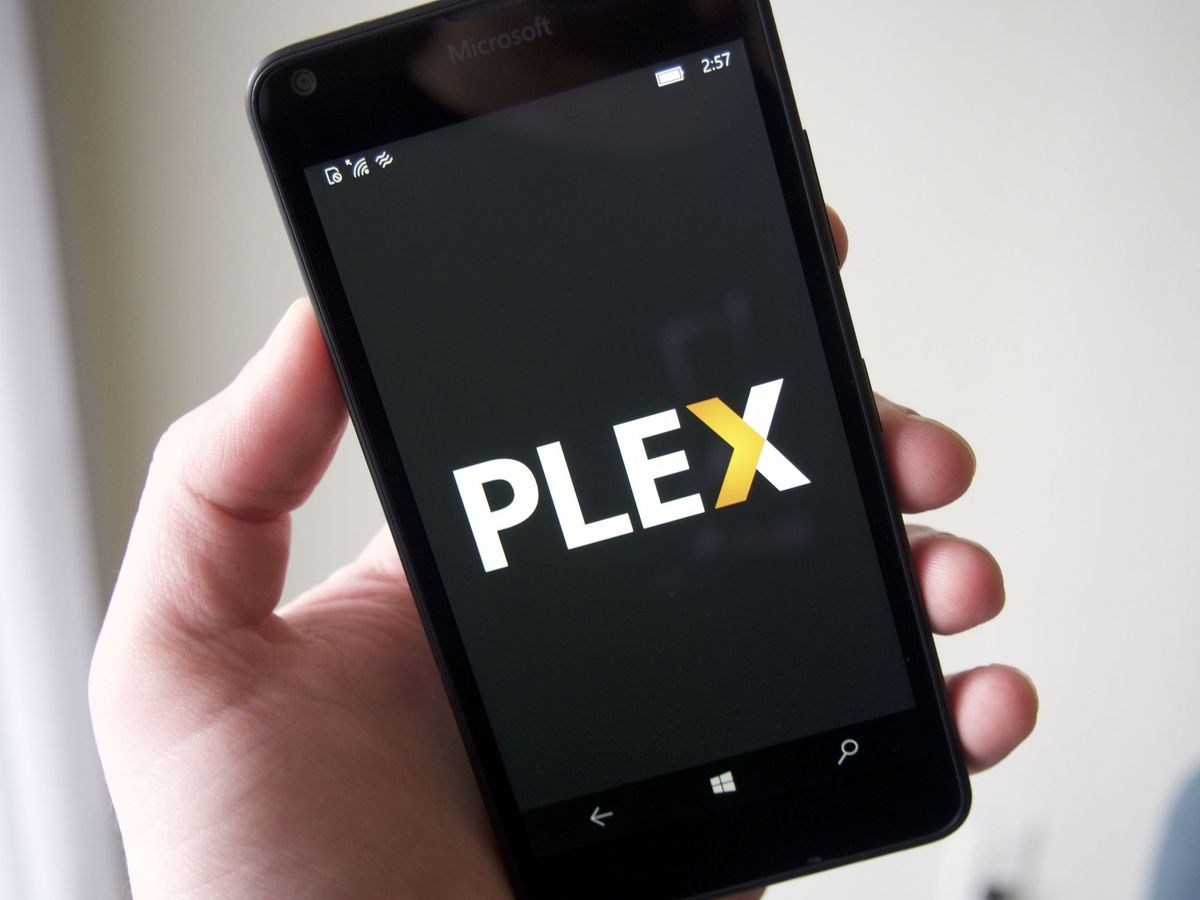
In 1989's Field of Dreams, the character Ray hears a voice that simply says, "If you build it, he will come." In obedience to this voice, Ray plows down his cornfield, (the source of his income) and builds a baseball diamond in its place. As the story continues, Ray has a miraculous encounter with an individual that was drawn to the field that he built in faith.
In like manner, Microsoft accomplished the unprecedented as they followed the voices from its past.
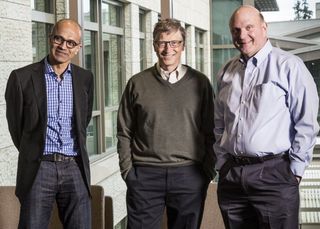
Twenty years ago, Microsoft began a journey that would see them depart from a well-established paradigm in the industry. Operating systems tailored for specific form factors or built on different foundations has been the way personal computing has been done for years. It is the way tech giants such as Apple with iOS, watchOS, macOS and tvOS, and Google with Android and Chrome, continue to do things. Android apps in Chrome are, however, a "half-step" in the direction of unification.
The UWP is not a response to Microsoft's struggles in mobile.
Like a farmer who would not plow down his corn and source of income, most tech giants would not change what works. Microsoft has taken a gamble with the Universal Windows Platform, proving that it is not like most tech companies. It's worth noting that the UWP is not a response to Microsoft's struggles in mobile — the journey toward a unified platform began before the challenges of a struggling mobile platform essentially required a change in the way Redmond does personal computing.
This change in personal computing which provides a consistent UI and core across form factors also presents an opportunity for developers.

Simply put, though a tad more involved, a developer can code once for all device types including PC, HoloLens, phone, Xbox, Surface and any new Windows 10 device Microsoft conceives. Many developers have taken advantage of this opportunity.
Microsoft has invested decades of research, time and money confident in the belief that if they built it, developers would come to the UWP. Though many developers have yet to come and some have left, many developers have indeed embraced the platform. With a growing and maturing Windows 10 device family, like-minded developers will likely continue to join the ranks of those who embrace Microsoft's realized universal platform dream.
Get the Windows Central Newsletter
All the latest news, reviews, and guides for Windows and Xbox diehards.
What's the appeal?
To be perfectly candid, there's been a troubling number of apps leaving Microsoft's platform. But that's not the entire story; many developers are bringing apps to Windows. Why? What's the appeal of developing for Windows 10? The answer is simple and yet complex: Building an app for Windows 10 allows a developer to target the widest array of devices, with the highest level of continuity (from development to UI) between them, for the least amount of time and monetary investment, Windows 10 is the best choice.
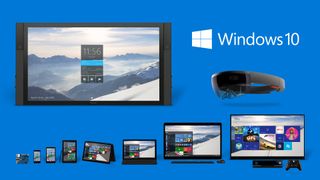
The single core shared across phone, PC, tablets Hololens, Xbox, iOT and Surface Hub makes sharing code between Windows 10 device types possible.
Microsoft's Tyler Whitney said it this way:
…With this evolution, apps that target the UWP can call not only the WinRT APIs that are common to all devices, but also APIs (including Win32 and .NET APIs) that are specific to the device family the app is running on. The UWP provides a guaranteed core API layer across devices. This means you can create a single app package that can be installed onto a wide range of devices. And, with that single app package, the Windows Store provides a unified distribution channel to reach all the device types your app can run on.
This continuity is not restricted to the development level. Users can use a Store app that has been written for multiple device types and have a consistent UI and experience across devices.
Furthermore, with Continuum for PC/tablet or phone a user can shift between contexts and the device's UI and apps will transition to fit the new environment. For example, a user who is editing a Word document on his phone on the subway, can, upon arriving at the office, connect to a monitor mouse and keyboard and continue their work.
No other OS offers this level of development and UI consistency with a single app.
The UI on the monitor will have the look and feel of a Windows 10 PC. The user will also be able to interact with the document via mouse controls and keyboard shortcuts as he would with a PC version of Word. No other OS offers this level of context conformity and unified development with a single app. Though in its early stages and still evolving toward its full potential this is an appealing prospect for both many developers and Windows fans.
Bank of America, Netflix, Plex, Candy Crush Jelly Saga and other Windows 10 apps are examples of apps that have been (are being) written once and coded for multiple form factors. The arrival of these and other apps has been received as an encouraging sign by fans that the UWP has promise.
The mobility of experiences
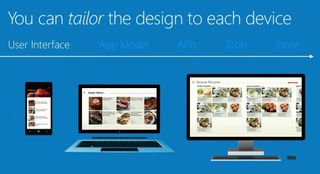
Our digital experiences are more mobile than they have ever been. It is common for many users of technology in developed regions to own multiple personal computing devices. A combination of desktop PC's, tablets, laptops, smartphones and game consoles is not an uncommon assortment of technology to find in many homes in developed regions. Smart wearables are increasingly becoming part of the mix.
Mobility is cloud-supported transitioning of a user's experiences across devices.
User's desires that their devices "know" them and "remember" usage patterns is becoming more of an expectation than a perk. Regardless of the ecosystem a user buys into, they don't want a disparate experience between devices. Mobility, as Satya describes it, is not the mobility of the actual devices that physically moves with a user. Mobility is rather the transitioning of a user's experiences across a multitude of personal computing devices with the support of an intelligent cloud backend.
This reality is where the advantages of the UWP shines for the developers that have embraced it. Microsoft's family of Window 10 devices offer an industry-wide solution for a range of personal computing scenarios. Moreover, most devices in the Windows 10 hardware family are designed as aspirational devices for an industry of OEMs to emulate.
Through a partnership with Microsoft, these OEMs can pattern their hardware after the optimal representation of hardware and software synergy that is ideally showcased in Microsoft's first-party hardware. For example, the Surface tablet-laptop hybrid inspired an industry explosion of 2-in-1s including copycat devices from Google and Apple.
Riding the wave

The potential inherent in partnerships to propel Windows 10 throughout the industry is tremendous. Many of the developers bringing their apps to the platform likely see the potential future impact as well as the present benefits of this pioneering technology.
For instance, though HoloLens has ruled the headlines, Windows Holographic — a part of every Windows 10 build, is the true story. Firms can partner with Microsoft using Windows Holographic in the exploding frontier of augmented- or mixed-reality.
Developer's see present benefits and future impact of the UWP.
Thus, a developer's UWA potentially has the future venue of an industry-wide, game-changing technology with holographic computing. Moreover, as a partner with Windows 10-supported virtual reality devices such as Facebook's Oculus Rift, Windows 10 is at the forefront of cutting edge technology. This representation of the platform as the foundation for innovative shifts in technology is a benefit for developers.
Also as a leader in console gaming Windows 10 on the Xbox offers developers yet another venue to target users with universal Windows apps.
No other ecosystem provides such a wide variety of innovative, envelope-pushing hardware such as HoloLens, the Surface family of computers and Continuum enabled phones running on a unified platform that OEM partners can emulate. Even with the end of Lumia, Surface branded ultra-mobile PCs (3-in-1s) are expected as telephony-enabled pocketable entries to the Surface line. This strategy of providing first- and third-party hardware across virtually all areas of personal computing from personal and professional productivity to entertainment (Xbox) on a single platform is an unprecedented opportunity for developers.
A seasonal change in computing
Just as changes in the weather indicate the transition in a season, there are technological, human behavior and industry shifts that indicate a "seasonal" change in how we use technology. The increase in the prevalence of personal computing devices, the growing ubiquity of cloud computing, the highly personal and central role of smartphones and the increasing expectations for a consistent experience across devices are all indicators of a shift in personal computing.
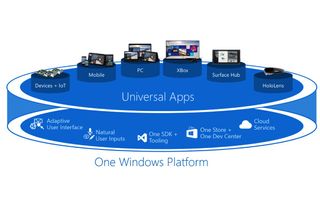
We are moving toward a more unified personal computing paradigm and Microsoft is laying the groundwork for that by building unified platform, a family of industry-inspiring Windows 10 devices, and the developer tools needed to build apps for it all — and other platforms. Microsoft also believes that a developer's investment in Windows 10 will prepare them for what they see as this inevitable shift in personal computing.
An investment in Windows 10 may be a developer's preparation for a coming shift.
Developers who are coming to the platform likely embrace this view. They may also recognize the other solutions Microsoft is presenting in conjunction with the UWP and Windows 10 device family. With the shift toward a more unified personal computing experience, there is also a shift toward bots and messaging as a platform. Developers who have embraced the UWP may also see their investment as an entry point at the ground level of this change. They may see their app later becoming or working in concert with AI and bots that the likes of Facebook, Google, Viv, and Microsoft see as the industry's future.
When apps come to Windows, the UWP looks good
It will always be a good time for apps to come to Windows. Still, there is likely no better time for developers to get on board than right now.

Microsoft is in the early stages of trying to sell the industry on the merits of the UWP. As new apps flow into the Store, positive ripples flow across the entire ecosystem. Users, other developers and Microsoft themselves benefit from the vote of confidence each developer that brings an app to Windows. It is a public validation of Microsoft's strategy.
Now is the best time for developers to bring their apps to Windows.
When big names like Starbucks, Bank of America, Plex and others bring an app to Windows, it is an encouragement to other developers that an investment in Windows 10 is worthwhile.
Fans are also encouraged by this validation of a platform in which they've invested. It is a virtual "thumbs up" to fans and Microsoft acknowledging that a developer shares the same confidence that Windows 10 is a great platform today with even more significant promise for the future.
This is just the beginning
Microsoft is facing many challenges from negative press, a disgruntled fan base, developers pulling apps, fierce competition and fallout from their past errors. Still, the UWP, which was 20 years in the making, has only just begun its bold steps as a pioneering platform.
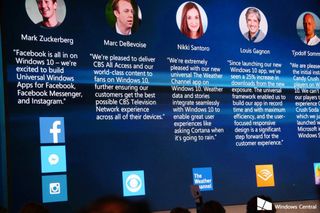
There have been stumbles, but the platform has been braced on the supportive shoulders of developers and fans who share Microsoft's vision of the future of personal computing. Their continued support contributes to the positive perception of the UWP.
Though 20 years in the making this is just the beginning.
As the "early adopters" of a pioneering force in a shifting industry, these developers have embraced the notion that now is the best time to bring apps to Windows 10. Though tempered by the unfortunate loss of other apps which gives the perception of one step forward and two steps back, the growing Store indicates progress is being made.
Still, there is an eager and restless portion of the fan base that shares and understands Microsoft's vision but are losing confidence in their ability and commitment to execute it. What can Microsoft do to assure fans that they hear them and encourage more developers to come to and remain on Windows? Sound off in comments and on Twitter!
If you missed part one of this two-part series or the related forum catch up below!
Jason L Ward is a columnist at Windows Central. He provides unique big picture analysis of the complex world of Microsoft. Jason takes the small clues and gives you an insightful big picture perspective through storytelling that you won't find *anywhere* else. Seriously, this dude thinks outside the box. Follow him on Twitter at @JLTechWord. He's doing the "write" thing!
